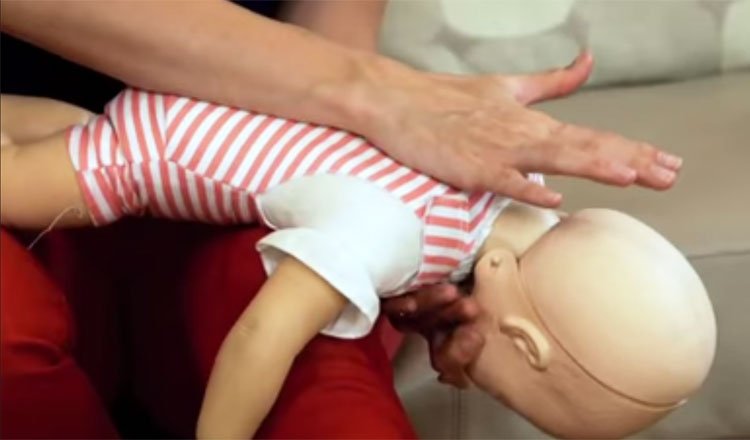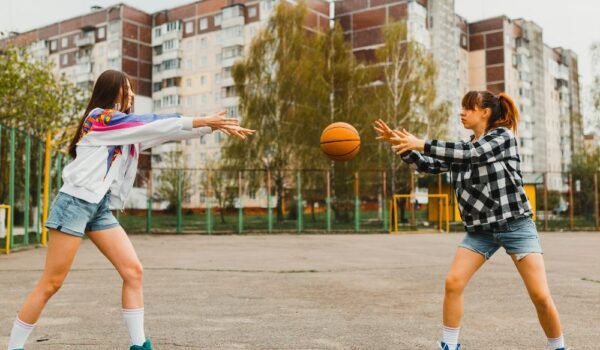1. Do a CPR and First Aid course
It can difficult to squeeze in time to do a First Aid course when you’re juggling nappy changes and feeds on little to zero sleep, but a stitch in time… Doing a CPR and First Aid course especially for babies and children will not only help you know exactly what to do and give you peace of mind. “It is a skill that every parent must have,” explains Sarah. “You never want to be in the situation where you need to do CPR and not know how or when to do it.”
2. Stay calm, and alleviate your child catching your ‘stress’
“This is easier said than done when your child is sick or injured,” explains Sarah. “However, you must not panic. If you become upset or panic, so will your child. If you keep calm, it will help them too. Take a deep breath, do what you need to do, and fall apart later. Knowledge is power, if you know what to do, you are much less likely to panic. So do that First Aid course!”
3. Think outside the (playpen) square
Parents can be very resourceful with toddlers in tow, so take advantage of this and use gear that’s at your disposal in the event of an accident. “You don’t always have a First Aid kit on hand when an accident happens,” says Sarah. “But tea towels, cloth nappies and socks are great to put pressure over a cut. A bag of frozen peas makes a perfect ice pack. A magazine or even the child’s t-shirt can make a terrific splint for injured limbs. Use what you have around you.”
4. Call in the experts
You may feel neurotic visiting the doctor constantly, but don’t – it’s better to be safe than sorry. “Always seek medical help if you are worried about your child,” advises Sarah. “You know your child better than anyone. There are lots of advice lines available, and make sure you find a good child friendly GP for continuity of care. If the illness or injury is life threatening, an emergency, or you cannot safely transport them to your nearest hospital, call an ambulance. Even if you are not sure if you need an ambulance or not for your child, err on the side of caution and call 000. It is better to wait 10 minutes for an ambulance with good, effective CPR or First Aid treatment, than to throw them into the back of the car with ineffective CPR or you being so panicked you end up having a car accident, even if you are only two minutes away from a hospital.”
5. Know your basics
“Have a think about the common things that kids can do to themselves – burns, head injury, broken bones, lacerations, and assess whether you’d be confident in First Aid treatments for kids should you be required to,” says Sarah. “If not, enroll into a class, where you’ll learn to treat burns with a minimum of 20 minutes of cold running tap water, perform back blows and chest thrusts for choking, feel confident immobilising a broken bone and more. These are just a few of the basics you need to know to apply effective First Aid.

About Sarah
Sarah Hunstead is the author of A life. A finger. A pea up a nose – a practical guide to baby and child first aid. Sarah is also is a mum, paediatric emergency nurse and creator of CPR KiDS, which is a baby and child specific First Aid training company for families or anyone caring for kids. Sarah has a Masters Degree majoring in Critical Care Nursing and has lectured undergraduate nursing students in paediatrics at the University of Technology, Sydney.







